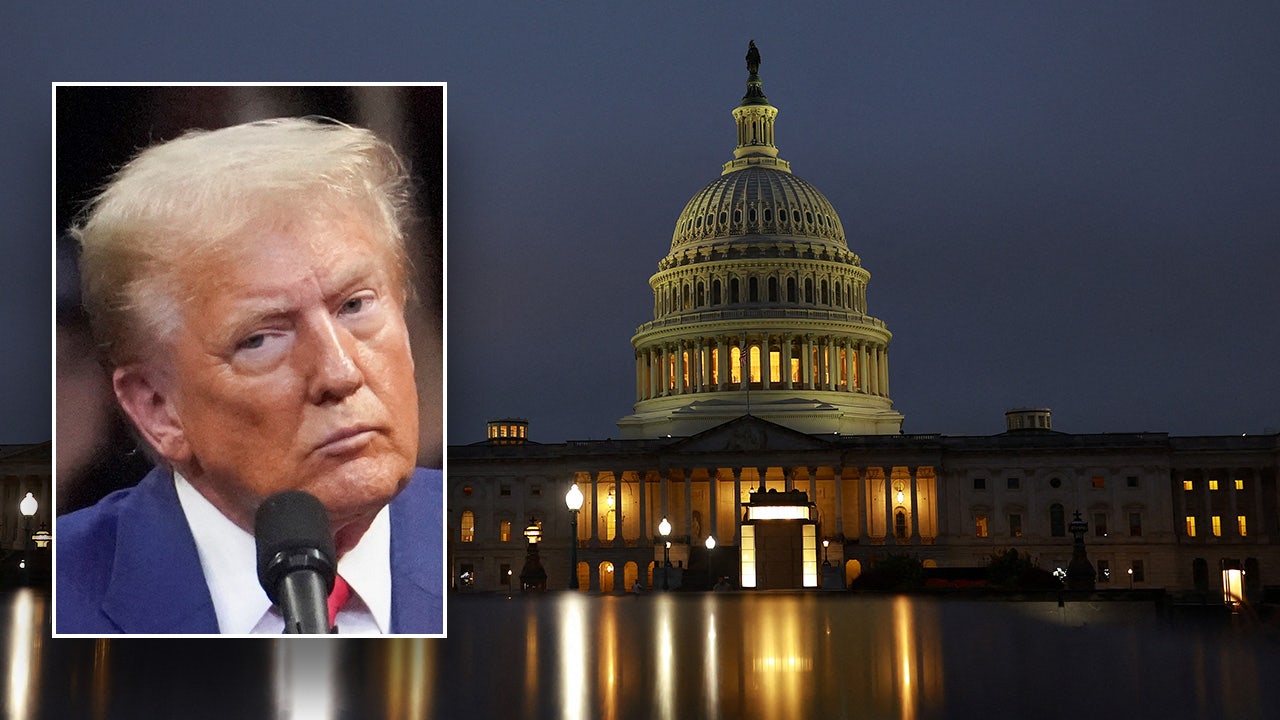A look at the administrative state over time as Trump flexes executive power

There is a prevailing sentiment among Republicans that the government, particularly the federal bureaucracy, has become excessively bloated. President Donald Trump has taken bold steps to trim down the executive branch, much to the approval of conservatives in Congress.
Senator Rick Scott of Florida commended President Trump for fulfilling his campaign promises to secure the border, address inflation, and reduce the size of the federal government. He emphasized the importance of adhering to the Constitution and limiting the regulatory power of the executive branch.
Senator Josh Hawley of Missouri echoed Scott’s sentiments, expressing support for eliminating waste and inefficiency within the government. He previewed forthcoming changes from the Trump administration that will be solidified through a rescissions package in Congress.
A White House official highlighted the significant growth in public sector jobs under President Joe Biden, underscoring the rapid expansion of the federal government in recent years. Contrary to concerns about authoritarianism, the official emphasized that President Trump’s efforts to streamline the executive branch demonstrate a commitment to efficiency and accountability.
Former Trump attorney Jim Trusty attributed excessive government spending to Congress while acknowledging the branch’s authority over expenditures. Trusty emphasized the need for congressional oversight and expressed concerns about the judicial branch exerting too much influence.
Representative Celeste Maloy of Utah acknowledged the executive branch’s accumulation of power over the years and advocated for reducing the size of federal agencies. She commended President Trump for undertaking the challenging task of scaling back the executive branch.
Political science professor Sarah Binder traced the evolution of congressional power, noting a shift towards presidential authority in the 20th century. She attributed this transformation to a combination of crisis response and political expediency.
Former assistant US attorney Andy McCarthy distinguished the administrative state from the executive branch, citing independent agencies as examples of entities not directly under presidential control. He highlighted the challenges President Trump faces in dismantling these agencies due to statutory limitations.
McCarthy pointed to the Supreme Court’s 1935 decision in Humphrey’s Executor vs. United States as a barrier to the president’s ability to remove officials from independent agencies. Overturning this decision would grant the president greater authority in managing federal offices.
The introduction of “Schedule F” as a classification for government workers has sparked debate over the balance of power between the president and the bureaucracy. Critics argue that it gives the president excessive control over apolitical roles, while supporters contend it enhances efficiency and reduces bureaucratic inefficiencies.
In conclusion, President Trump’s efforts to streamline the executive branch have garnered support from Republicans in Congress who view government bloat as a pressing issue. As the debate over government size and efficiency continues, the role of the executive branch in shaping policy and governance remains a topic of ongoing discussion.




